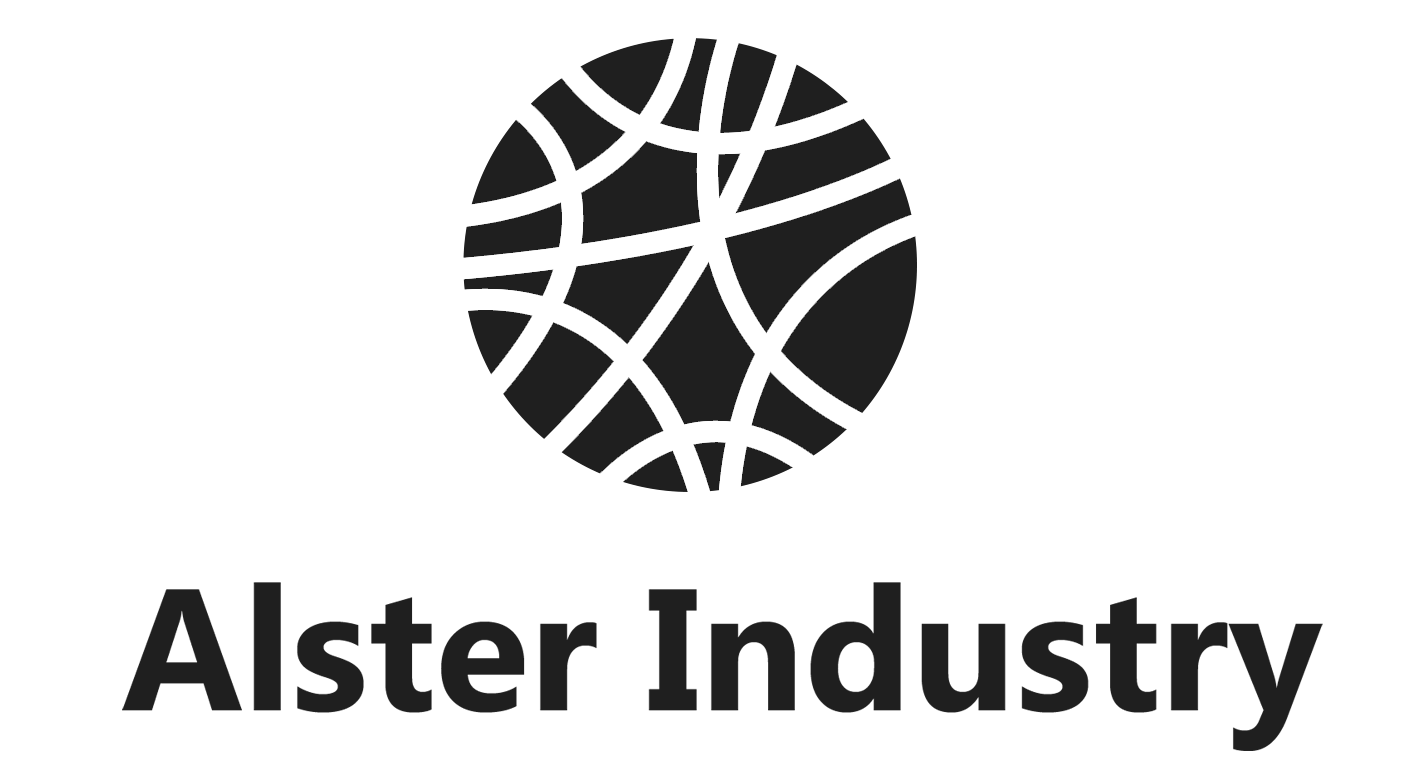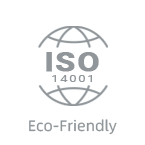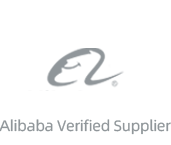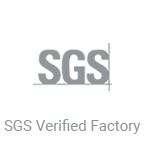Adhesives play an essential role in modern textile manufacturing, helping to bond fabrics, improve durability, and provide a range of functionalities. Among the various types of adhesives available, hot melt adhesive films, webs, and glues are particularly popular in textile applications due to their excellent bonding properties, versatility, and ease of use. This article explores the different types of textile adhesives, specifically focusing on hot melt adhesive film, web, and glue, and their benefits and applications in the textile industry.
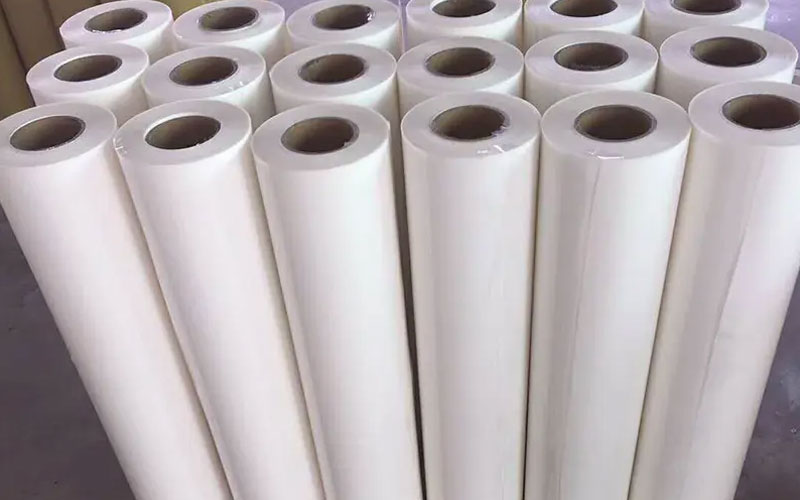
1. Introduction to Textile Adhesives
Textile adhesives are used in the textile industry to bond fabrics, trims, and other materials without the need for sewing or stitching. They serve as an alternative to traditional methods like stitching, offering several advantages such as faster production times, cleaner finishes, and the ability to bond a wide variety of materials. Adhesives are especially useful in situations where sewing is impractical or would weaken the fabric, such as in delicate textiles or nonwoven materials.
The textile adhesive market is vast, with many types of adhesives available to meet specific requirements. These include water-based adhesives, solvent-based adhesives, and hot melt adhesives. Among these, hot melt adhesives have gained significant popularity due to their ease of use, quick curing times, and environmental benefits.
2. Hot Melt Adhesive Film: Overview and Advantages
Hot melt adhesive films are a type of adhesive material used in the textile industry to bond fabrics together. These films are usually composed of thermoplastic resins that become soft and sticky when heated to a specific temperature and solidify upon cooling. They are typically used in a variety of bonding applications, including garment construction, apparel, and automotive textiles.
Advantages of Hot Melt Adhesive Film:
- Quick Bonding: Hot melt adhesive films offer fast bonding times, which is crucial in high-speed production environments.
- Strong Adhesion: These films provide strong and durable bonds, ensuring the materials remain securely bonded under stress.
- No Need for Solvents: Hot melt adhesive films do not require solvents, making them safer for both workers and the environment.
- Wide Range of Applications: Hot melt adhesive films can be used for bonding a variety of textile materials, including natural fibers, synthetics, and blends.
- Clean Finish: Since the adhesive solidifies quickly upon cooling, it leaves a clean finish with minimal excess or mess.
Applications of Hot Melt Adhesive Film in Textiles:
- Garment Bonding: Hot melt adhesive films are commonly used for bonding fabric components in garments, such as waistbands, pockets, or labels.
- Nonwoven Fabrics: These adhesives are ideal for use in nonwoven fabrics, which are widely used in medical textiles, hygiene products, and disposable items.
- Embroidery and Appliqué: Hot melt adhesive films are often used in decorative textile applications like embroidery or appliqué, where precise bonding is essential.
- Automotive Upholstery: Hot melt adhesive films are also used in the automotive industry for fabric bonding in car seats and interior components.
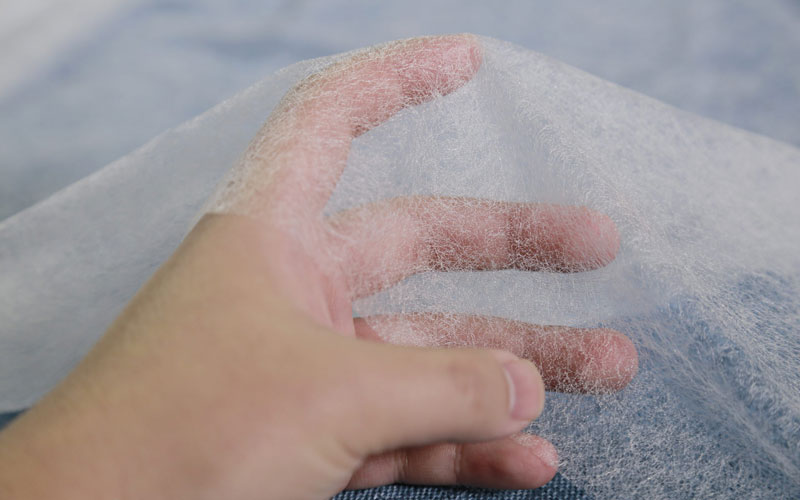
3. Hot Melt Adhesive Web: Overview and Advantages
Hot melt adhesive webs are similar to adhesive films but are produced in a web-like structure. These webs consist of a thin layer of adhesive material that is spread in a mesh pattern. When heated, the adhesive web becomes tacky and bonds to the substrate. These adhesive webs are typically applied using a heat press or roller system.
Advantages of Hot Melt Adhesive Web:
- Ease of Handling: Hot melt adhesive webs are easy to handle and apply, making them an excellent choice for large-scale manufacturing.
- Versatility: They are suitable for bonding a variety of textile substrates, including delicate and heavy fabrics.
- Uniform Coverage: The adhesive web provides consistent coverage, ensuring an even bond across the material.
- No Need for Additional Processing: The adhesive web can be applied directly to the fabric without requiring additional curing or drying steps, reducing production time.
Applications of Hot Melt Adhesive Web in Textiles:
- Laminating Fabrics: Hot melt adhesive webs are often used for laminating fabrics to other materials, such as foils, films, or foam, to create multi-layer textiles.
- Footwear Manufacturing: In the footwear industry, hot melt adhesive webs are used to bond uppers, linings, and soles together, providing strong and flexible bonds.
- Fabrics for Industrial Applications: These adhesive webs are widely used in industrial textiles, such as filtration fabrics, geotextiles, and insulation materials.
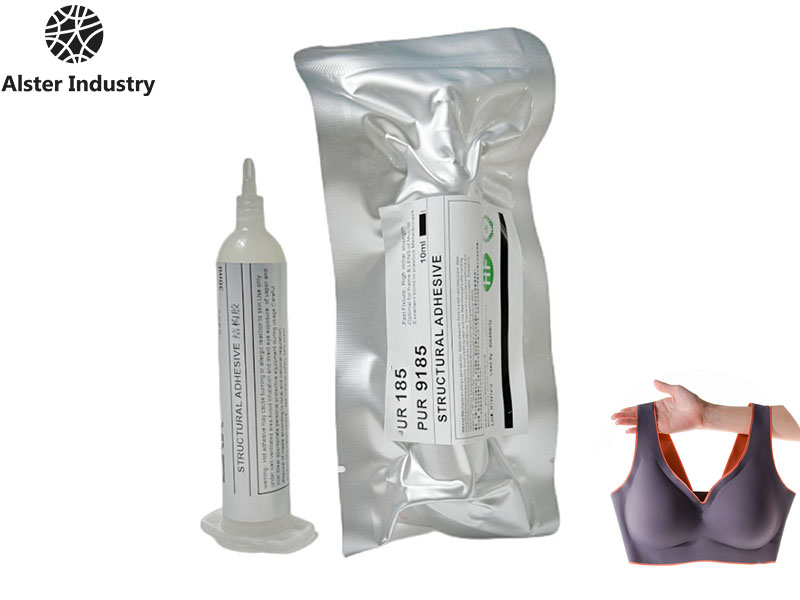
4. Hot Melt Adhesive Glue: Overview and Advantages
Hot melt adhesive glue is a liquid form of adhesive that solidifies upon cooling. It is typically applied using a hot melt glue gun, which heats the glue to a high temperature for easy application. Hot melt glue is versatile and can be used in a variety of textile bonding applications.
Advantages of Hot Melt Adhesive Glue:
- Flexible Application: Hot melt adhesive glue can be applied precisely to the areas that need bonding, making it ideal for small or intricate applications.
- Durable Bond: When cooled, hot melt adhesive glue forms a strong bond that can withstand tension, flexing, and washing.
- Fast Drying Time: Similar to adhesive films and webs, hot melt adhesive glue has a quick setting time, speeding up the production process.
- Low Odor and Non-toxic: Hot melt glue is often low in odor and non-toxic, making it safe for use in various industries, including apparel.
Applications of Hot Melt Adhesive Glue in Textiles:
- Decorative Textile Work: Hot melt adhesive glue is often used for applying embellishments, rhinestones, or sequins to garments, shoes, and accessories.
- Textile Repair: Hot melt glue is ideal for repairing minor tears, holes, or seams in textiles, offering a quick and durable solution.
- Packaging Textiles: The glue is used in the packaging industry to bond textiles into specific shapes, such as in the production of promotional bags or accessories.
- Strap or Button Attachment: Hot melt glue is often used to attach buttons, straps, or small trim pieces to garments.
5. Environmental and Safety Considerations
When selecting textile adhesives, it’s essential to consider their environmental impact and safety. Hot melt adhesives, including films, webs, and glues, are often favored for their eco-friendliness due to the absence of solvents. This makes them safer to handle and reduces the release of volatile organic compounds (VOCs), which are harmful to both workers and the environment.
Additionally, hot melt adhesives are typically free from harmful chemicals such as formaldehyde, making them safer for use in consumer products like clothing and bedding. Many manufacturers are also moving toward producing hot melt adhesives that are biodegradable, contributing to sustainable manufacturing practices.
6. Conclusion
Hot melt adhesive films, webs, and glues are invaluable tools in the textile industry. These adhesives offer strong, clean, and fast bonding solutions that are widely applicable in various sectors, including garment production, automotive textiles, footwear manufacturing, and nonwoven fabrics. With their environmental benefits, ease of use, and versatility, hot melt adhesives will continue to play a crucial role in the ongoing development of innovative textile products.
The advancements in hot melt adhesive technology ensure that textile manufacturers can meet the growing demand for high-quality, durable products while minimizing the impact on the environment. Whether in the form of films, webs, or glues, hot melt adhesives remain an essential component of modern textile manufacturing, shaping the future of this ever-evolving industry.
